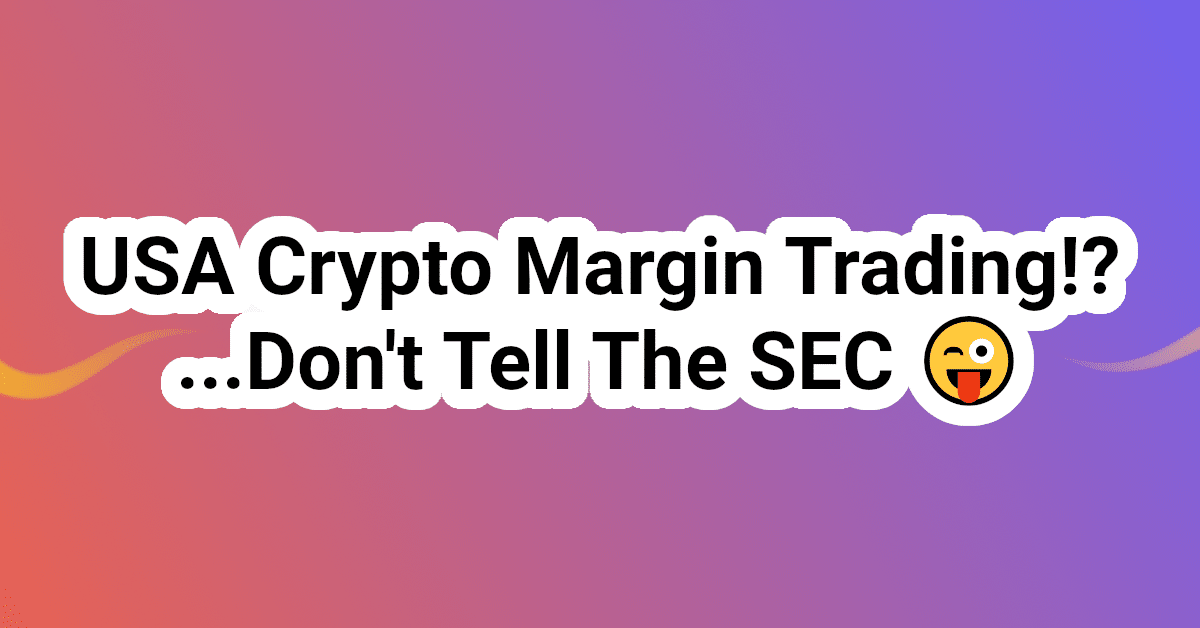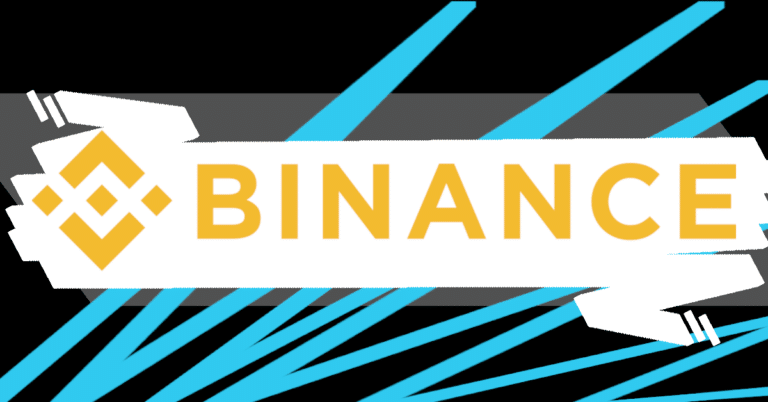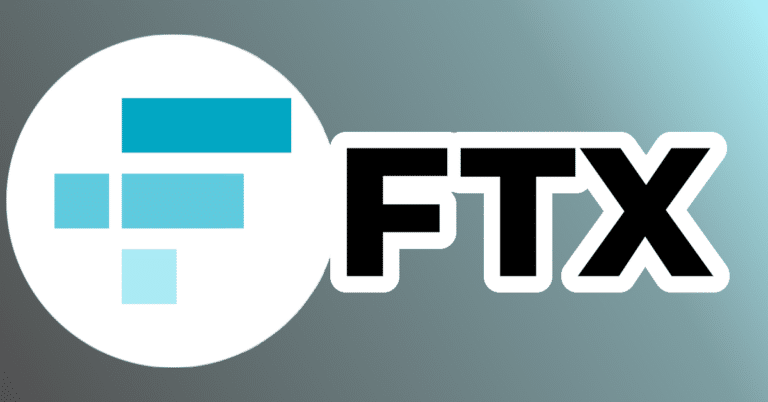*This post may contain affiliate links that help keep the lights on, find more info in our full disclaimer.
10x Leverage Crypto Margin Trading USA | FTX.US 2023 (ACCREDITED?)
- Thomas DeMichele
How to Qualify for Margin Trading on FTX.US
FTX filed for chapter 11 bankruptcy on November 11, 2022. Then, on December 13th, FTX Founder Sam Bankman-Fried was Indicted for Fraud, Money Laundering, and Campaign Finance Offenses. Given this, we no longer suggest using FTX-branded exchanges.
Even though you can’t margin trade in the US using FTX.US, you can still use platforms like GMX.
Outdated Content
FTX.US is one of the only major exchanges that allows US citizens to margin trade. To margin trade as a US citizen on FTX.US, you must have $100,000 in assets on FTX.US and meet other requirements.
While this means not every trader will qualify, it at least gives those who do qualify a cryptocurrency exchange for margin trading (even if only to hedge).
If you are ready to start margin trading, make sure to use referral code HowToReferral to get 5% off all your FTX.US fees for life when you sign up. For more on the FTX.US referral program, see our FTX.US referral program review.
The Simplest Way to Qualify for FTX.US Leveraged Trading
Although there are multiple ways to qualify for margin trading in the US as an entity or individual, two that higher net worth crypto traders may qualify for are the following:
- Pass Level 2 verification, have $100,000 worth of assets on FTX.US, and then attest you are an entity with a net worth of at least $1 million and that you will only use FTX.US to hedge.
- Pass Level 2 verification, have $100,000 worth of assets on FTX.US, and then attest you are an individual with a net worth of at least $5 million and that you will only use FTX.US to hedge.
Once you meet the necessary criteria to become “margin qualified” on FTX.US, you can “enable margin trading” in “settings” under “margin”.
This will result in you either being auto-approved or going into a review process. Once you are approved, your account will become a qualified user, and you can begin margin trading using up to 10x leverage!
Enabling Margin Lending on FTX.US
From there, you can also enable margin lending. However, you’ll need to message FTX.US support and let them know you want margin lending enabled, as this is done on a per-customer basis.
Also note, you have to enable margin borrowing and lending for each subaccount, and you may be asked to provide further documentation during the review process.
In the next section, we’ll cover the margin requirements for FTX.US in detail and discuss other methods of becoming a “qualified user”.
FTX.US Margin Trading Requirement Details
The above section discussed two of the easiest ways to qualify for margin trading on FTX.US. The following section will discuss all the details behind qualifying.
First off, margin trading on FTX.US is for “margin qualified” users only. To become a qualified user, you must first do Level 2 verification (see details later in the article) and then meet at least two criteria:
1) You must have at least $100,000 on FTX US at the time of qualification.
2) You must meet one of the following additional criteria:
(a) You are an entity with $10 million in total assets;
(b) You are an entity with a guarantor that is an entity with $10 million in assets;
(c) You are an entity with a net worth of at least $1 million that is hedging;
(d) You are an individual with “amounts invested on a discretionary basis” that exceed $10 million, or $5 million if Hedging; or
(e) You are an entity with at least $1 million in net worth that is entering into a swap (not a credit or equity derivative) to hedge commercial risk, with all owners meeting the foregoing requirements.
Or,
You are not a US person in that you don’t reside in the United States and that I won’t access your account from within the United States (and if this is an entity’s account, that its owners and operations fit the foregoing criteria).
Then you have to agree to some terms and confirm you have read the following document.
The terms are as follows:
“I understand the risks associated with margin trading, have enough assets to handle potential losses, and that I understand risk management, Hedging, and asset management and will mitigate my risks on FTX US to the extent that doing so is prudent. Further, I understand that my ability to margin trade on FTX US is contingent on account review. I have read and understand the documents on margin trading. I understand the risks involved and agree to FTX US’s interpretation of any relevant rules surrounding margin, lending, liquidations, and interest rates.”
What Does it Mean to Be an Entity or Individual?
An individual is a person. An entity is a company or organization that has legal rights and responsibilities, including tax filings, such as a sole proprietorship, partnership, corporation, and S corporation.
Many individuals of a higher net worth will either already have a legal entity or be able to create one. However, it is worth noting that the rules on ECPs imply that creating one for the sole purpose of becoming an ECP isn’t valid.
Still, anyone who has an entity or can create one likely has the easiest time qualifying for margin due to the lower capital requirement and the fact that this method counts net worth only.
Otherwise, the $5,000,000 “amounts invested on a discretionary basis” criteria is the second most accessible. However, this has a higher capital requirement and doesn’t just count net worth.
What is “Amounts Invested on a Discretionary Basis”?
“Amounts invested on a discretionary basis” means you have to be investing / trading the required amount, not just have that much in total assets. The term “total assets” for this type of ECP but was later amended under Dodd-Frank.
This means, for example, a trader with $5,000,000 in crypto in general (not just on FTX.US) would qualify, but a trader with $5,000,000 in assets but only say $2,000,000 in equities and crypto wouldn’t.
Hedging vs. Speculating
The way the rules are written, not all ECPs qualify to speculate with margin. Some will only qualify for hedge.
In overly simple terms, Hedging means you are taking a long position to protect short exposure or a short position to protect long exposure. This doesn’t necessarily mean you are hedging a crypto position, however. For example, an entity may hedge commercial risk or another form of risk.
So keep in mind the basic requirements noted above do not technically allow you to use leverage to speculate. You may only be able to lend and use leverage to hedge.
Do I have to be an Accredited Investor to Margin Trade in the US?
You do not need to be an accredited investor to margin trade in the US. In fact, for most exchanges, the minimum standards to be able to trade margin are less strict than the rules for accreditation.
However, specifically for crypto exchanges, you need to be an ECP.
Do I have to be an ECP to Margin Trade in the US?
You don’t need to qualify as an ECP to trade margin in the US in general. For example, most exchanges would require something more like $100,000 in net assets and for you to meet minimum margin requirements in your account.
Cryptocurrency exchanges seem to require you to be an ECP as a safeguard. This is likely due to the regulatory uncertainty surrounding cryptocurrency in the US and the fact that lending in crypto is typically peer-to-peer, where the exchange may do lending in equities markets.
While FTX.US doesn’t explicitly say you have to be an ECP, their guidelines are clearly based on Section 1a(18) of the Commodity Exchange Act, as evidenced by the very similar language.
What Do I Need to Become Level 2 Verified on FTX.US
Below is the information you will need Level 2 Verification:
Individual Accounts
- Legal Name
- Place of Residence
- Date of Birth
- ID Document
- SSN
- Proof of Address
- Selfie to confirm identity
- Source of Funds
- Corporate Accounts
Entity Name



